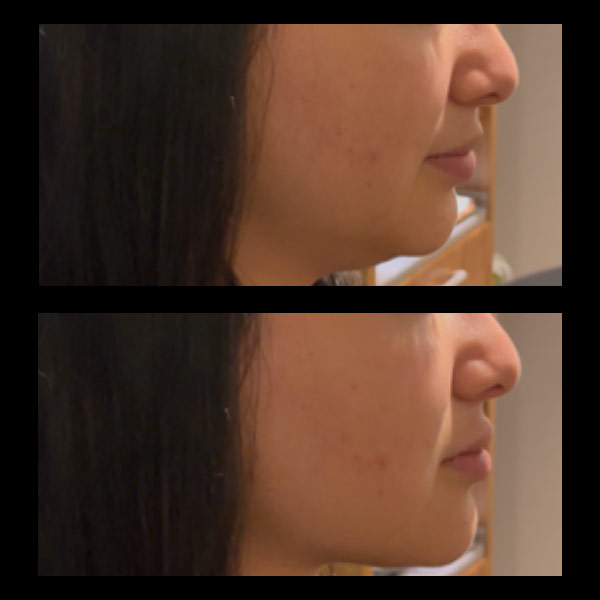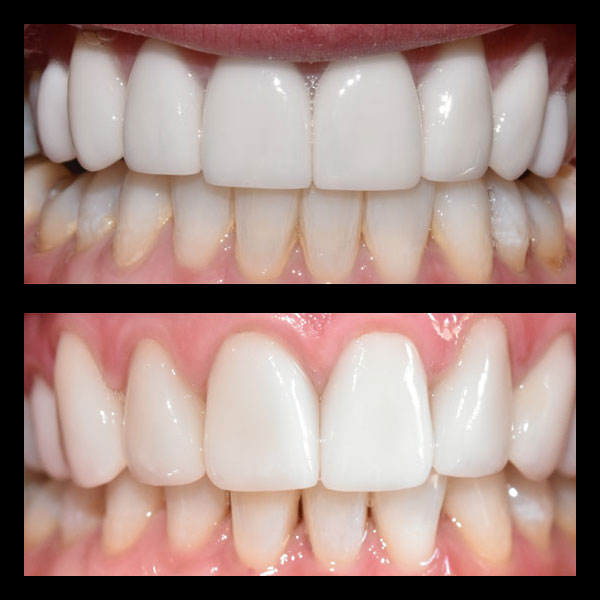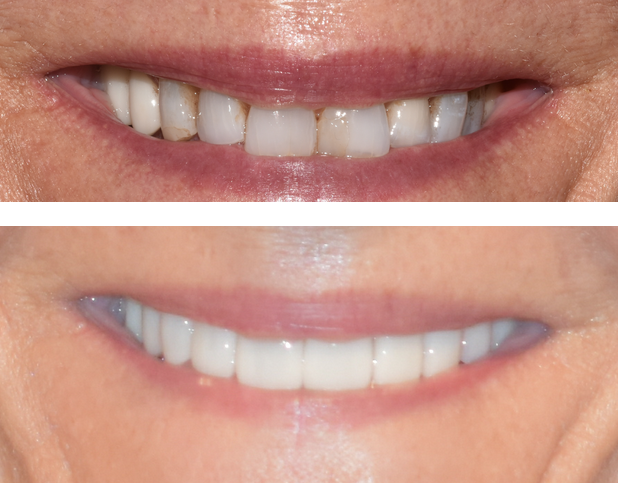For individuals seeking orthodontic treatments to enhance their smile aesthetics, understanding the key differences between Invisalign and traditional braces is essential. Incredible Smiles, a reputable provider in Boulder, Colorado, offers insights into these options, ensuring a balance between dental health and aesthetic appeal.
Overview of Invisalign and Traditional Braces
The quest for a perfect smile often leads to the consideration of Invisalign or traditional braces. Invisalign represents modern orthodontic treatment with clear, removable aligners that offer discreet and comfortable experience. These aligners are custom-made, snugly fitting over your teeth to progressively correct misalignments.
On the other hand, traditional braces have been the cornerstone of orthodontic correction for decades. They utilize a system of metal brackets and wires affixed to teeth, which are periodically adjusted to achieve the desired alignment.
Invisalign typically offers treatment timelines that may range from 6 to 18 months, depending on complexity, whereas traditional braces generally require 1 to 3 years. The cost, too, varies considerably: Invisalign can range from $3,000 to $8,000 while traditional braces might cost between $2,000 and $6,000.
| Treatment Option | Estimated Cost | Typical Timeline | Maintenance Type |
|---|---|---|---|
| Invisalign | $3,000 – $8,000 | 6 – 18 months | Removable aligners |
| Traditional Braces | $2,000 – $6,000 | 1 – 3 years | Fixed brackets/wires |
Smile Aesthetics and Lifestyle Compatibility
Clear aligners like Invisalign are virtually invisible, making them an attractive choice for those mindful of their appearance during treatment. In contrast, metal braces are more noticeable but can deliver robust results for complex dental issues.
When considering how these options fit into an active lifestyle, Invisalign offers flexibility as it can be removed for eating and special occasions. However, it demands discipline to wear for 22 hours a day. Traditional braces, being non-removable, require no daily wear-time commitment but can be less convenient.
Maintenance for Invisalign involves regular cleaning of the aligners and maintaining oral hygiene, whereas braces necessitate careful brushing to avoid plaque around brackets. Feedback from users often highlights Invisalign’s comfort and convenience, while traditional braces are noted for their reliable performance.
- Comfort: many find Invisalign less intrusive
- Convenience: removable aligners cater to various lifestyle needs
- Aesthetics: a clear choice for discretion
- Effectiveness: traditional braces cater to a wider range of dental issues
Health Implications of Orthodontic Choices
Both Invisalign and braces aim to enhance dental health by correcting alignment, which can prevent issues like tooth decay and gum disease. They each have unique impacts on oral health: Invisalign’s removable nature allows for easier access during oral hygiene routines, while braces may require more meticulous brushing and flossing.
Physiologic dentistry comes into play by considering how correcting misalignment can improve bite and jaw function, going beyond aesthetics to contribute to overall oral well-being. Long-term benefits of both options include improved biting, chewing, and speech functions as well as aesthetics.
Understanding the health implications and consulting with your orthodontist can empower informed decisions tailored to your dental health needs. Remember, investing in proper alignment can provide benefits that extend well beyond the immediate improvements.
In addition, correcting alignment with either option can alleviate strain on the jaw and help reduce issues like grinding or clenching over time. These health benefits highlight orthodontics as an essential aspect of overall well-being rather than just cosmetic improvement.
Making the Right Choice for You
Deciding between Invisalign and traditional braces involves evaluating factors like budget, comfort, and personal preference. Consulting with experienced professionals, such as those at Incredible Smiles, ensures you receive advice tailored to your specific needs, taking into account aesthetics, dental health, and lifestyle.
Incredible Smiles has established its reputation in Boulder with over three decades of practice. Known for combining artistry with dental expertise, they emphasize personalized treatment plans that reflect their commitment to creating beautiful, healthy smiles.
When preparing for orthodontic treatment, it is crucial to consider consultation options. Incredible Smiles offers a seamless mobile experience for booking appointments. This mobile approach is particularly beneficial for clients who prefer digital solutions, ensuring that scheduling a consultation is convenient and straightforward.
Ultimately, thorough research and expert opinions can guide you toward the best orthodontic treatment for your unique needs, empowering you with the knowledge and confidence to embrace your journey to a perfect smile.
Frequently Asked Questions
What are the main differences between Invisalign and traditional braces?
Invisalign uses clear, removable aligners for orthodontic treatment, offering a discreet and comfortable experience. Traditional braces use metal brackets and wires affixed to teeth, which are periodically adjusted.
How long does treatment typically take with Invisalign vs traditional braces?
Invisalign treatment timelines generally range from 6 to 18 months depending on complexity, while traditional braces typically require 1 to 3 years.
What are the cost differences between Invisalign and traditional braces?
Invisalign can cost between $3,000 to $8,000, while traditional braces might cost from $2,000 to $6,000.
What are the lifestyle considerations when choosing between Invisalign and braces?
Invisalign aligners are removable for eating and special occasions, making them suited for active lifestyles, whereas braces are non-removable but don’t require as much daily wear-time discipline.
What are the health benefits of orthodontic treatments like Invisalign or braces?
Both options aim to correct alignment to prevent tooth decay and gum disease, and improve bite and jaw function, which enhances overall oral health.
How do Invisalign and braces affect daily oral hygiene routines?
Invisalign allows for easier access to teeth during cleaning, whereas braces require more meticulous brushing and flossing to maintain oral hygiene.
What should I consider when choosing between Invisalign and traditional braces?
Decide based on factors such as budget, treatment duration, comfort, and personal preference. Consulting an orthodontist can help tailor the best option for your needs.








